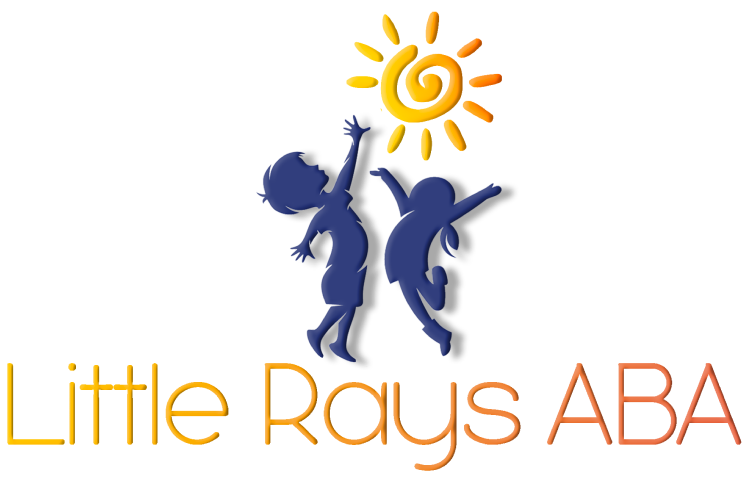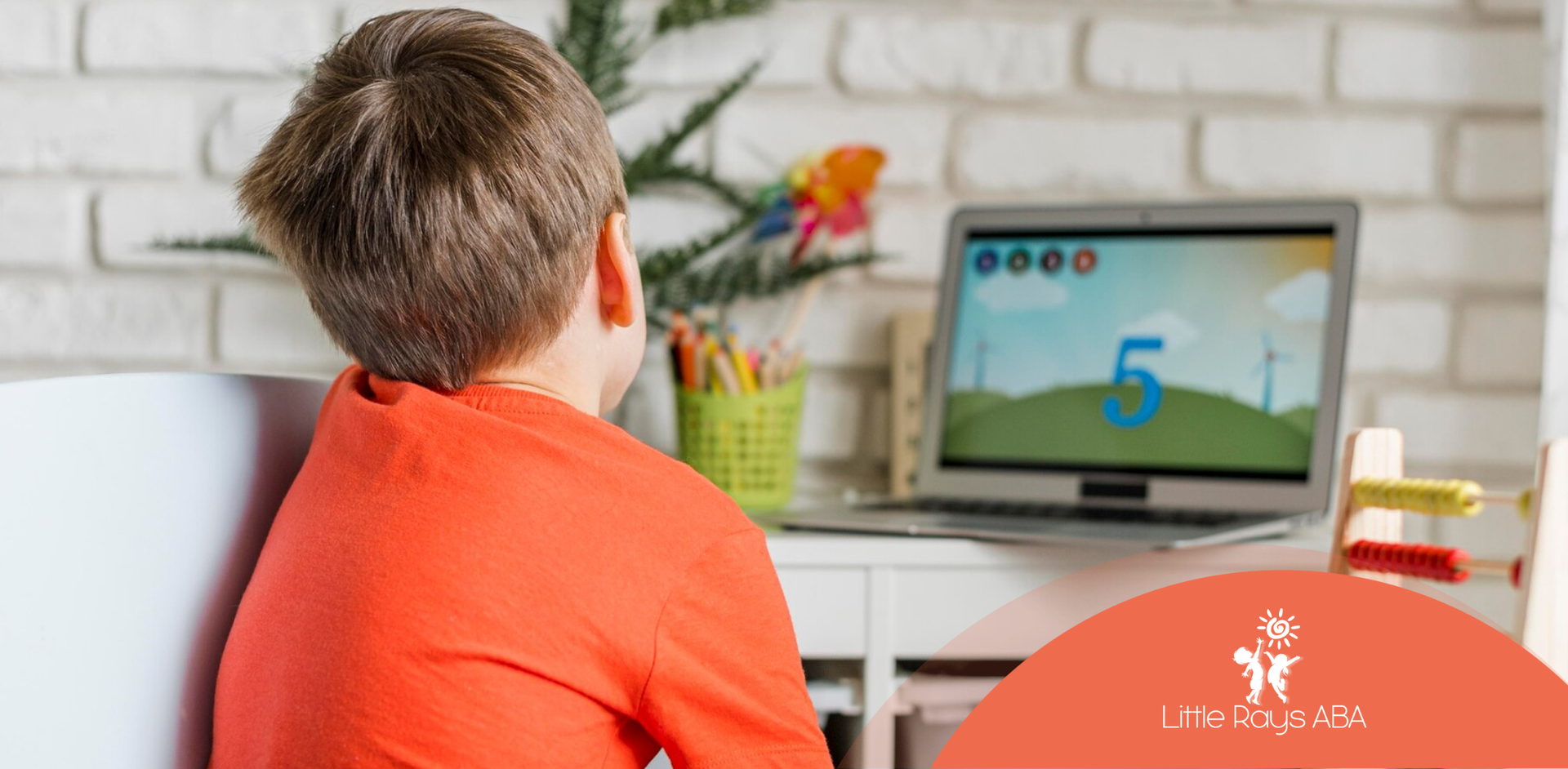ABA Therapy Centers Overview
Importance of ABA Therapy Centers
ABA therapy centers are like headquarters for helping folks with Autism Spectrum Disorder (ASD) and similar conditions. Think of them as places where skilled experts work magic using science-backed tricks to help with talking, getting along with others, and everyday stuff. They’re not just about helping individuals; they’re boosting lifestyles, making life better for those who get care.
Families lean on these centers for solid-helping hands when it comes to supporting their dear ones. It’s the trained crew that makes all the difference; they use the freshest research and top strategies to get results. Want to know why family playing a part is a big deal? Check out our write-up on home aba therapy family involvement.
Types of ABA Therapy Centers
So, ABA therapy centers come in two flavors: home-based and center-based.
| Type of ABA Therapy | Description | Benefits |
|---|---|---|
| Home-Based Therapy | Therapy happens right at the child’s home | Personalizes therapy to suit daily life, making kids feel at ease |
| Center-Based Therapy | Therapy happens at a specialized facility | Offers a well-organized environment packed with expert gear and people |
Home-based therapy makes learning feel natural since it's done right in the child’s comfort zone, helping them apply skills to everyday life. This route also means the family gets wrapped up in the process — a key ingredient to successful outcomes (in-home aba therapy effectiveness).
Conversely, center-based therapy is all about creating a well-ordered space filled with tailored tools, ideal for different learning tricks and methods (center-based aba therapy outcomes). Plus, being at a center means kiddos get to socialize with peers, helping them build those all-important social muscles.
When deciding between home and center setups, it’s all about what fits best for the family’s goals. By checking out the pros and cons of each, families can pick the path that matches their vision for successful ABA therapy.
Considerations for Choosing ABA Center
Picking a good spot for ABA therapy is like choosing the right school for your kid; it's super important 'cause it can make a real difference for those with Autism Spectrum Disorder (ASD). Families have to look at quite a few things before picking. Here are the big ones to check out.
Therapist Credentials and Experience
Checking out the background of the folks at the ABA therapy centers is a top priority. You've got to make sure they have solid credentials. The best ones have Board Certified Behavior Analysts (BCBAs) or other licensed pros who know their stuff with ABA therapy. These guys have done the hard yards during training and know how to keep to the top standards.
Location and Accessibility
Where an ABA center is matters a lot. You’ll want somewhere handy and easy to get to. Pick a place that's close so you can make it to sessions without the hassle and keep the therapy nice and consistent.
Track Record of Success
The center's rep can tell you a lot about how good it is. Really dig into their success stories and what clients have to say. Go for places that can prove their therapy works, whether that's in better behavior or improved social skills for those with ASD. Happy client reviews are goldmines for seeing how effective therapy is and how satisfied folks have been.
Keeping these things in mind will help families and caregivers pick the right ABA therapy center with confidence. For more insights into different therapy setups, check out tips about home-based therapy and the benefits of therapy done at a center.
ABA Therapy in Different Locations
Understanding how ABA (Applied Behavior Analysis) therapy is set up in different spots can be a game-changer for parents, professionals, and folks with autism.
| Service Type | Description |
|---|---|
| One-on-One Therapy | Customized sessions zeroed in on each child’s unique needs. |
| In-Home Therapy | Sessions right at home, keeping family in the loop. |
| Clinic-Based Therapy | Focused programs for various needs in a controlled setting. |
| Community-Based Therapy | Real-world practice with social skills mixed in. |
The centers around here use different methods to help kids learn and grow, like discrete trial training or more naturalistic teaching
Factors That Get Kids Hooked on ABA Therapy
When it comes to how well ABA therapy works, a few key things can make a big difference. These include how old the child is when they start, what type of insurance they have, and how many hours of therapy they get. Knowing about these can help parents and therapists choose the best ABA therapy options.
Starting Young: Age Matters
The age of a child when they’re first referred to ABA therapy can be a big deal. Studies show that kids who start at a younger age are more likely to get into it and stick with it for the recommended hours. For example, a study found that younger kids were way more likely to start and keep up with therapy compared to older ones.
| Age Group | Likelihood of Starting Therapy (%) | Likelihood of Sticking With Recommended Hours (%) |
|---|---|---|
| Under 5 years | 75 | 50 |
| 5 - 10 years | 65 | 35 |
| Over 10 years | 50 | 15 |
Kids referred for therapy at a younger age tend to receive at least 80% of the hours they're supposed to, which shows just how important early intervention can be for getting good outcomes in ABA therapy.
The Insurance Puzzle
What kind of insurance a family has can affect whether kids get started with ABA therapy. Data shows that kids with private insurance are more likely to begin therapy than those with public insurance. Parents who have state-subsidized health insurance often face hurdles, possibly due to lower education levels, that make it harder to understand and get treatment.
This gap might suggest that how much money a family has and other resources affect their ability to get top-notch ABA therapy. Understanding how insurance matters can help make sure families can find the right treatment for their kids.
Clocking In: Treatment Hours Count
How many hours a child spends in therapy each week is another big factor in whether they'll stick with ABA therapy. Kids getting more than 10 hours a week are more likely to hang in there, which usually leads to better results all around.
| Treatment Hours | Likelihood of Sticking With Therapy (%) |
|---|---|
| 0 - 10 hours | 40 |
| 10 - 20 hours | 65 |
| More than 20 hours | 80 |
More hours generally mean a higher chance of reaching at least 80% of the therapy hours they’re supposed to get, highlighting the necessity of regular engagement to hit the desired results.
By understanding these factors—starting early, dealing with insurance, and spending enough hours in therapy—families and therapists in places like North Carolina, Colorado, Massachusetts, Maryland, and Washington D.C. can make smarter choices about ABA therapy, whether it's at home or in a center. For more details about the various types of ABA therapy, check out articles on home-based ABA therapy benefits and center-based ABA therapy outcomes.
Disparities in Accessibility
Getting access to ABA therapy isn't the same for everyone, with lots of differences based on where you live and how much money you have. It’s essential to look at these differences to make sure all families can get good care without any hurdles.
Rural vs. Urban Areas
If you live out in the sticks, finding ABA therapy can be tough. There's just not enough places offering services, which means you might be driving a long way just to see a therapist. This hassle can make some families decide it’s not worth it, so they don't start or stick with the therapy. Turns out around 25% of insured kids with autism haven’t even started therapy yet, partly 'cause of where they live.
Socioeconomic and Minority Status
Your wallet can really affect how you get ABA therapy. Families with less money are often the last to get an autism diagnosis and proper treatment. It's even harder for racial or ethnic minority families, who often face the same roadblocks. All of these issues lead to fewer enrollments and people not staying with the therapy.
Provider Availability
The number of available professionals really shapes how well therapy can go. In areas with too few therapists, families have a hard time finding the right care. If demand is high, long waiting times can leave families in the lurch, anxiously waiting for appointments. And remember, kids who get over 10 hours of treatment a week tend to stick with it. This all points to the need for more providers to help ensure better outcomes.
| Provider Availability | Engagement Outcome |
|---|---|
| High availability | More likely to start and keep going with therapy |
| Low availability | More chance of not continuing treatment |
So, disparities in ABA therapy access are mostly about where you live, how much money you have, and how many providers are around. Fixing these gaps means making sure every family, no matter their situation, can get the ABA help they need. Curious about the differences between home-based and center-based therapy? Check out home-based aba therapy benefits and center-based aba therapy outcomes.
ABA Therapy Standards and Guidelines
Grasping the standards and guidelines driving ABA therapy is crucial for ensuring that everyone has access to helpful and effective care. Here, we're diving into what makes the Architectural Barriers Act tick, how ABA standards have been embraced, and how government bodies lend a hand in boosting accessibility.
Architectural Barriers Act Overview
Passed back in the groovy year of 1968, the Architectural Barriers Act (ABA) was one of the first laws to tackle the challenges of accessing the built environment. This isn't just for federal buildings like post offices and courthouses but also non-federal spots like public housing and transit systems built with federal grants or loans. The ABA is all about making sure folks, including those benefitting from home-based ABA therapy benefits, can get to the facilities they need for their therapy.
ABA Standards Adoption
The ABA Standards set the ground rules for making places accessible, helping out agencies in their quest to create more welcoming environments. Groups like the General Services Administration (GSA), the Department of Defense (DoD), and the U.S. Postal Service (USPS) have all got on board with these standards for places built or altered with federal money. GSA jumped in November 2005, USPS joined in May 2005, and DoD followed in October 2008, even kicking out a memo on access for folks with disabilities.
In September 2013, the Board added a sprinkle on the ABA Accessibility Guidelines for outdoor developed areas, slipping them into the standards within 60 days. Fast forward to May 2014, and they tossed in an ETH update, showing their knack for keeping things fresh and working for everyone .
Role of Government Agencies
Government groups don't just sit around; they're the backbone for sticking to the rules set by the ABA. They make sure these regulations get into all sorts of places, letting folks access much-needed services like ABA therapy. This focus on accessibility is a lifeline for parents and families hunting for the right spot for ABA services, be it through center-based ABA therapy outcomes or home options like in-home ABA therapy effectiveness.
Following these guidelines wipes out barriers that might block off access to quality ABA services, meeting the goal of inclusive therapy for everyone. By championing an atmosphere where accessibility shines, agencies make sure folks get the help they need for their growth and learning. The way they keep checking and tweaking standards shows just how committed they are to bettering services for kids with autism and similar conditions, including ways families can get involved with home ABA therapy family involvement.
Conclusion
Finding the right ABA therapy option depends on your child's unique needs, and for many families, in-home ABA therapy offers personalized support in a familiar environment. If you're searching for in-home ABA therapy near me, look for providers that tailor their approach to fit your child's learning style and daily routine. Reach out today to explore how in-home therapy can make a meaningful difference in your child’s progress.
Little Rays ABA stands out as Florida’s premier ABA therapy provider, offering strategically located centers designed to meet the unique needs of every child. With expert therapists, personalized programs, and a welcoming environment, they ensure families receive the best possible care. If you're looking for the ideal ABA therapy center for your child, contact Little Rays ABA today and take the next step toward meaningful progress.
Frequently Asked Questions
What factors should I consider when choosing an ABA therapy center?
When comparing ABA therapy center locations, consider factors such as accessibility, staff qualifications, therapy programs, session availability, and whether they offer in-home or center-based services.
What is the difference between in-home and center-based ABA therapy?
In-home ABA therapy provides one-on-one sessions in a familiar setting, while center-based therapy offers a structured environment with access to specialized resources and social interaction opportunities.
How do I find the best ABA therapy center near me?
Look for accredited providers with experienced BCBAs, positive reviews, and individualized therapy plans. Searching for “in-home ABA therapy near me” can help you explore local options.
Sources:
- https://www.nimh.nih.gov/health/topics/autism-spectrum-disorders-asd
- https://www.goodtherapy.org/learn-about-therapy/modes/home-based-therapy
- https://www.mayinstitute.org/autism-aba/center-based.html
- https://behavioralcertification.org/?gad_source=1&gclid=CjwKCAiAzba9BhBhEiwA7glbanNEFH_AhZNs1aTp4SkEDQypqrC5g9pvE3Bkvj9Z2nnDhGkXDItZjRoCxdMQAvD_BwE
- https://www.behavior-analysis.org/
- https://pmc.ncbi.nlm.nih.gov/articles/PMC5633658/
Unlock Your Child's Potential with Expert ABA Therapy!
At Little Rays ABA, we provide compassionate, evidence-based ABA therapy to help children with autism thrive. Our personalized approach fosters growth in communication, social skills, and independence.
Get In Touch With Us Today to Get Started With ABA Therapy!
Related Posts
MENU
GET IN TOUCH
7117 San Salvador Dr Boca Raton, FL 33433
3200 Collins Ave Miami Beach, FL 33140





